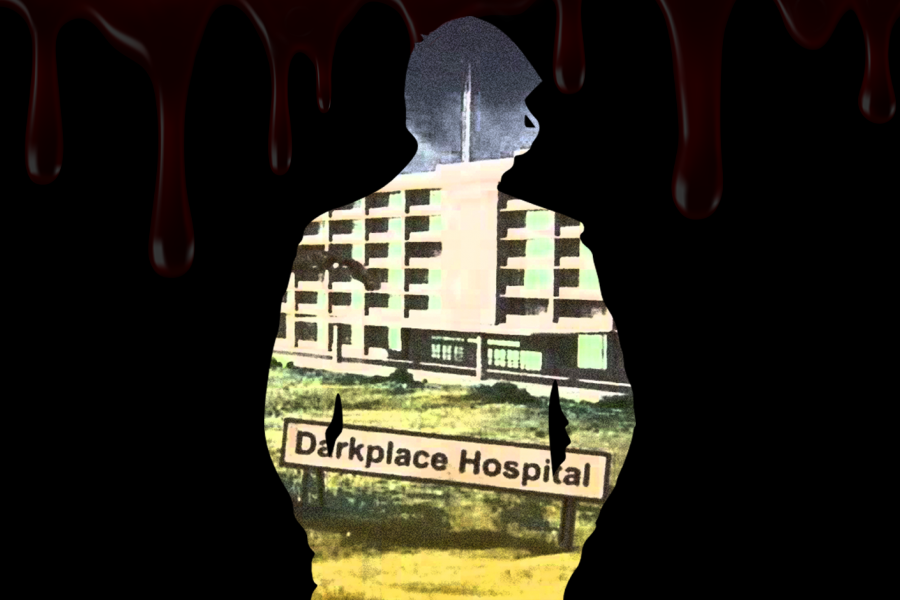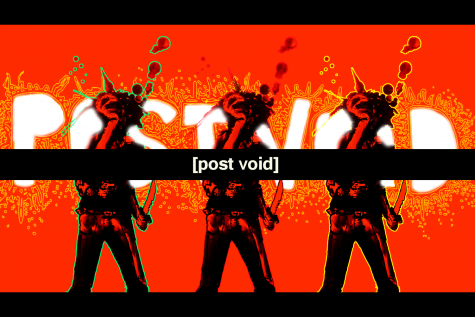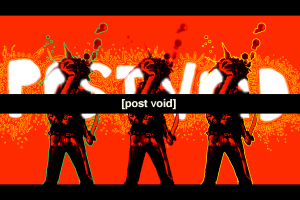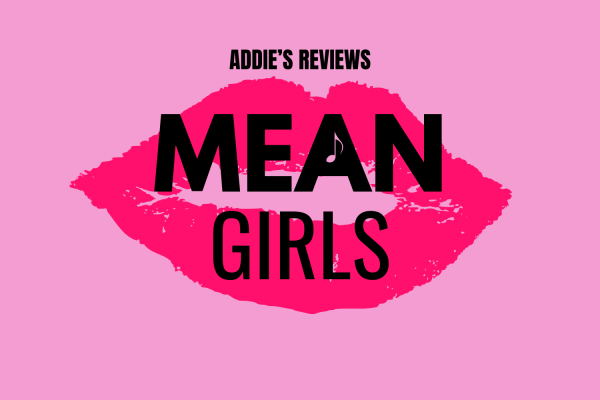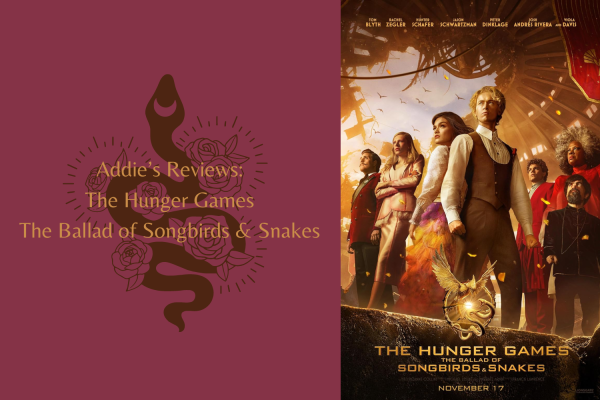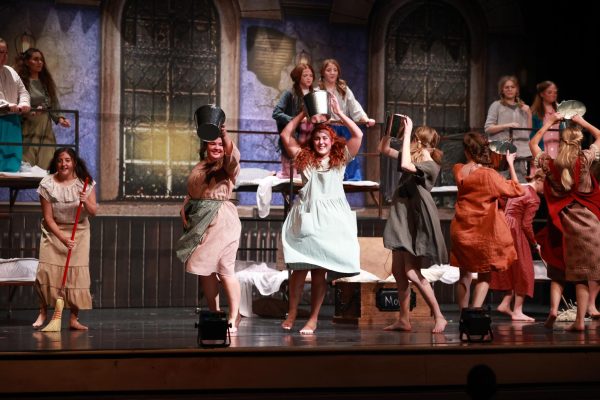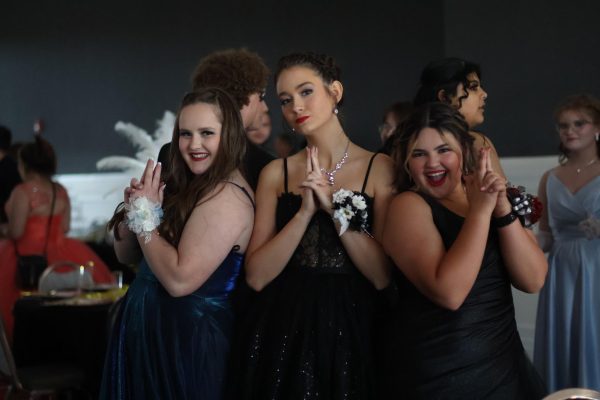‘Garth Marenghi’s Darkplace’ offers deeper viewing experience for horror fans
Graphic Illustration by Blake Loria
‘Garth Marenghi’s Darkplace’ was filmed with a 4:3 aspect ratio, one of the many ways the production team made the show feel vintage and built its tone. Created by Richard Ayoade and Matthew Holness, the show is a satire of 80s and 90s horror dramas with fantasy and sci-fi themes.
A telekinetic nurse. A demonic hospital. And a murder mystery that leaks into the real word. Welcome to “Garth Marenghi’s Darkplace,” a six-episode journey into the bizarre, fanciful mind of Garth Marenghi, a self-proclaimed visionary, and the main character and narrator of the show.
Filmed in 2004, “Gath Marenghi’s Darkplace” is reminiscent of shows like “Twin Peaks” and “Buffy the Vampire Slayer.” A mishmash of campy 80s and 90s horror, fantasy and sci-fi, the mini-series is complemented by the distinct satire of the production. The show is available on DVD by Amazon with prices ranging from new and used copies as well as on Channel 4, a Birtish service, for streaming.
“Garth Marenghi’s Darkplace” actually begins with a different show, “Darkplace Illuminated”, which presents itself as an interview recap of the original show with commentary from Marenghi and other cast members. The character of Marenghi wrote, produced, directed and starred in the show, which is evident with the progress (or lack-thereof) of the Stephen King-esque character. The plot of the show centers around staff members at Darkplace Hospital which happens to be a portal to Hell in Romford, England–and the mysterious hauntings and situations they encounter. The hospital and the characters are truly what make the atmosphere of the show and help transition between “Darkplace” and “Darkplace Illuminated.” About half of the show is commentary, and it reveals itself as essentially a straight to DVD cash-grab to the failed original show, at least in the show’s canon.
Balancing the supernatural drama and horror with comedy is something ‘Darkplace’ does well, mixing the absurdity with satire.
— Blake Loria, Editor-in-Chief
Each character featured in the commentary plays two roles; the character in “Darkplace” and the actor playing that character, which gets intriguing when the only female character in the show, who has telepathic powers that oftentimes disrupt the other characters, is never seen again. It is implied she was murdered by her costars sometime during production. Bits and pieces of the story are strewn throughout the two shows like this, giving the show a much deeper context and giving a new look to the interview gimic.
Although the story within the interview series can get confusing, the show is only enhanced by the excerpts and provides a lot of the comedic relief throughout the series. Balancing the supernatural drama and horror with comedy is something “Darkplace” does well, mixing the absurdity with satire. The cast includes 10 staffers at Darkplace Hospital, but the audience only sees four in all six episodes. Despite this, the characters are portrayed well and developed greatly. Shameless stereotypes and caricatures of a cast one might find in a typical horror or thriller movie, the show manages to make them over the top, but also interesting, definitely leading to the insane characters being the leading reason to watch the show.
Where many shows would fail in terms of quality, “Darkplace” exceeds: blatantly poor production, often incoherent plotlines, bad acting and a hilariously bad script. The characters inside the show take it seriously, but the show itself is aware of the campiness of it, making for hysterical line deliveries, scenes and plot devises used in a so-called horror drama. The show is memorable because of the editing style and how it is utilized. Many of the show’s most remarkable moments are also its most poorly shot or acted, paradoxically making these bad production choices stand out and help the tone of the show. The show is crafted to make the viewer think it is a bad show from the 80s, and it does just that. The editing style includes awkward dialogue between characters that is often redubbed to sound worse when matched with the audio recorded during filming, intentionally left out scenes to confuse the audience, and jump cuts from scenes to annoy viewers.
Admittedly, the story is sometimes sacrificed to allow for the show’s zany editing. While the show is intended to be a spoof, the stories in each episode still tend to be interesting. Best described as deranged, the tone switches between tense to downright hilarious in seconds, but unlike many productions in the same genre, “Darkplace” manages to keep the attention of the audience. The show is easily mistaken as a bootleg 80s show, only adding to the brilliance of its themes. The show genuinely feels like a cheap knock-off, but offers much more by parodying the genre and presenting nostalgic, almost surreal stories.
Ultimately, the show is a genre-defying satire that follows the misadventures of the hospital staff at Darkplace. However, if viewers observe more than the ludicrous editing and poor acting, they will see the intricacies and masterpiece that is “Garth Marenghi’s Darkplace.”

Howdy! I'm Blake Loria, and I want to pursue a career in journalism, so I am honored to be serving as editor-in-chief for my third and final year on staff. As a senior, I am quite involved around Canyon High, so when I am not editing or practicing for...

